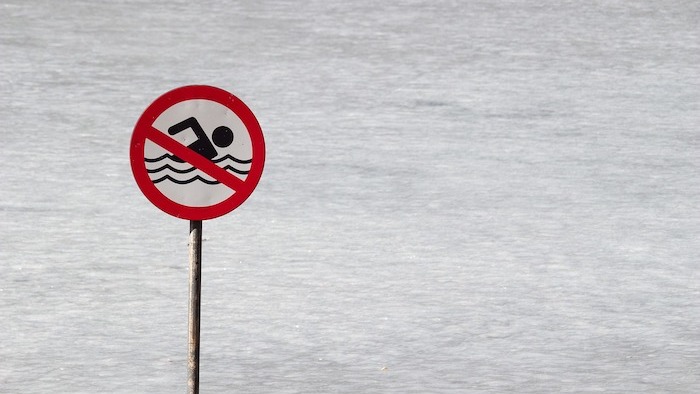A growing number of bathing sites monitored in the 28 member states met excellent quality standards under EU rules last year, the European Environment Agency's latest report shows. The EEA said most Europeans enjoy excellent bathing-water quality, but more work is needed to achieve even healthier seas, lakes and rivers.
The EEA, which measured both coastal and inland waters, has been keeping track of the spots monitored by local municipalities since 1976 and adopted new European legislation in 2006. Up to 21,831 sites are now defined on a scale from poor to excellent, based on the bacteria detected that pose a risk to human health. The major sources of pollution are sewage and water drainage from farmland. Such pollution increases during heavy rains and floods as sewage overflow and polluted drain water is washed into rivers and seas.
According to the report, four countries have more than 95 percent of bathing sites with excellent water quality: Cyprus (99.1 percent), Malta (98.9 percent), Austria (97.3 percent) and Greece (97 percent). All reported bathing water sites in Cyprus, Greece, Latvia, Luxembourg, Malta, Romania and Slovenia were of at least sufficient quality in 2018.
The countries with the highest numbers of poor quality bathing-water sites are Italy and France (both at 1.6 percent), followed by Spain (2.2 percent). In comparison with 2017, the number of poor quality bathing sites in France decreased (from 80 to 54), but increased in Italy (from 79 to 89) and Spain (from 38 to 50).
“The main finding is that it’s safe to go out swimming in the majority of bathing sites and over the years there has been an improvement, while member states have been closing down sites that they can’t ensure they’re safe” Peter Kristensen, project manager at EEA Integrated Water Assessments, told us. “Another important aspect is that member states have become really good at providing information to the public.”
The proportion of bathing sites meeting the most stringent ‘excellent’ quality standards rose slightly from 85 percent in 2017 to 85.1 percent in 2018. Moreover, the proportion of bathing sites rated as having poor water quality decreased from 1.4 percent in 2017 to 1.3 percent in 2018.
On the other hand, the proportion of those meeting the minimum ‘sufficient’ requirement fell from 96% in 2017 to 95.4% in 2018. The drop was mainly due to the opening of new bathing waters sites for which the dataset of four bathing seasons required for the classification by the Directive is not yet available.
Kristensen comments: “The performance of the states is really good, so I think the Directive has been a success as it’s relatively simple to implement.”
However, there are other water issues like plastic pollution and global warming. “Climate change will probably result in more heavy rains. Bacteria that can be toxic develop more in warmer conditions so the frequency of their presence can increase, as well as the presence of other toxic species,” Kristensen adds. “Studies indicates that climate change could have an impact and of course stopping it goes along with reducing pollution.”
Cet article est publié en partenariat avec the European Data Journalism Network
Cet article est publié en partenariat avec the European Data Journalism Network
Cet article est publié en partenariat avec the European Data Journalism Network
Cet article est publié en partenariat avec the European Data Journalism Network
Cet article est publié en partenariat avec The European Data Journalism Network
Cet article est publié en partenariat avec the European Data Journalism Network
Cet article est publié en partenariat avec the European Data Journalism Network
Cet article est publié en partenariat avec the European Data Journalism Network
Was this article useful? If so we are delighted!
It is freely available because we believe that the right to free and independent information is essential for democracy. But this right is not guaranteed forever, and independence comes at a cost. We need your support in order to continue publishing independent, multilingual news for all Europeans.
Discover our subscription offers and their exclusive benefits and become a member of our community now!













